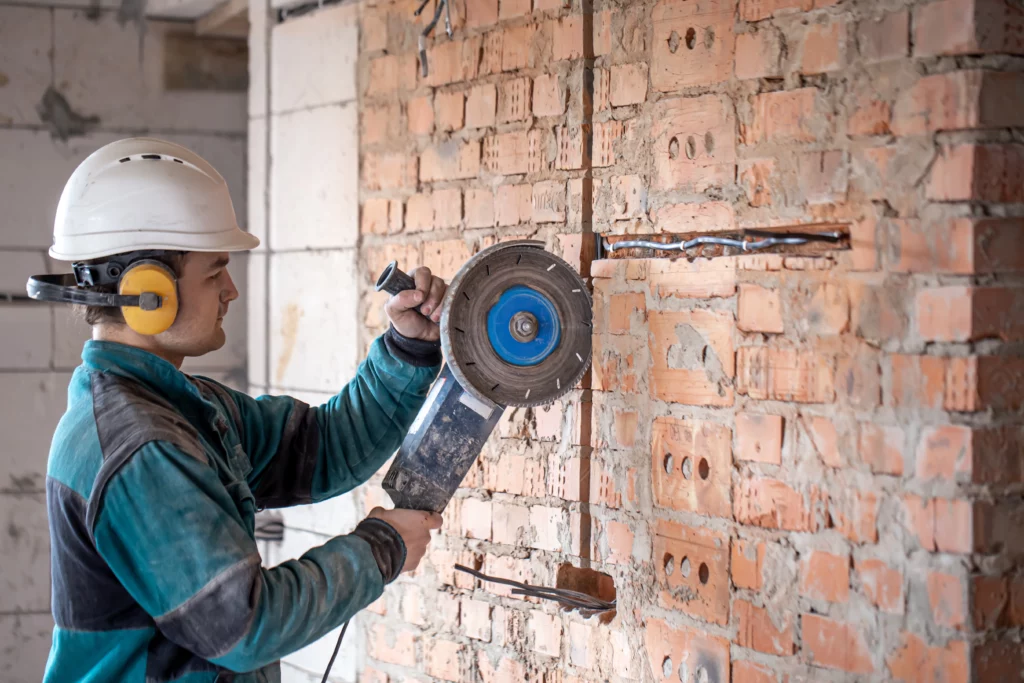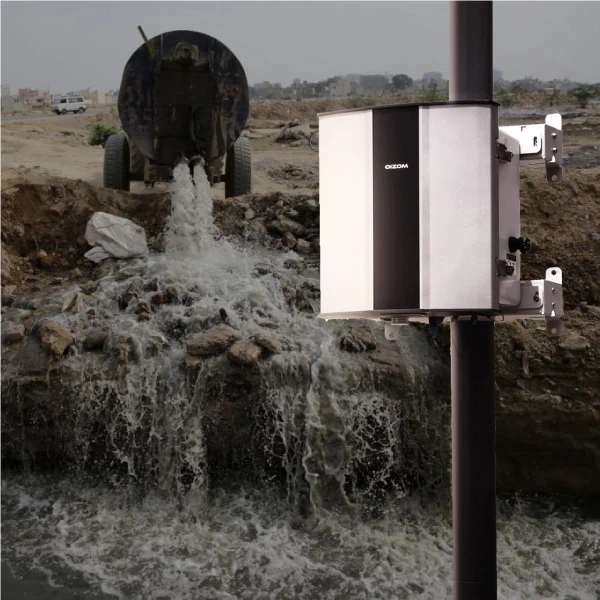Construction sites are often bustling with activity, which inevitably leads to the production of noise. Construction noise can have a significant impact on nearby residents, businesses, and the environment. To ensure a harmonious relationship between construction projects and their surroundings, it is essential to implement construction noise monitoring best practices. This blog will discuss key aspects of construction noise monitoring, from identifying noise-sensitive areas to engaging stakeholders.
Identifying Noise-Sensitive Areas and Establishing Monitoring Locations
The first step in implementing a successful construction noise monitoring programme is to identify noise-sensitive areas in the vicinity of the construction site. Noise-sensitive areas include residential neighbourhoods, schools, hospitals, and other areas where excessive noise may cause disturbance or harm to the occupants.
To determine the most effective monitoring locations, conduct a thorough site survey and consider the specific noise sources and transmission pathways associated with the construction activities. Place monitoring equipment at strategic points to capture accurate and representative noise levels. In general, monitoring locations should be placed close to the noise-sensitive areas but also in a way that ensures minimal obstructions or barriers affecting noise propagation.
Setting Appropriate Noise Thresholds and Limits
Establishing appropriate noise thresholds and limits is crucial in managing construction noise. Local authorities and planning agencies often provide guidelines on acceptable noise levels for construction activities. Consult these guidelines and consider the nature of the noise-sensitive areas when setting noise thresholds and limits.
Construction noise limits may vary depending on the time of day, type of construction activity, and duration of the project. For instance, nighttime noise limits are typically lower than daytime limits to protect the well-being of nearby residents. Regularly review and adjust the noise limits as necessary to accommodate changes in construction activities and schedules.
Devices such as AQBot, specifically designed for noise monitoring, enable real-time tracking and display of noise levels. This provides a comprehensive understanding of the noise conditions at your construction site, thereby facilitating effective noise management.
Regular Calibration and Maintenance of Monitoring Equipment
Proper calibration and maintenance of noise monitoring equipment are essential for collecting accurate and reliable data. Poorly maintained equipment can result in misleading or false readings, which could compromise the effectiveness of the noise management programme.
Regularly calibrate noise monitoring equipment according to the manufacturer’s recommendations, and check for signs of wear or damage. Invest in high-quality equipment designed for the specific conditions encountered at construction sites, such as dust , moisture, and temperature fluctuations. In addition, perform periodic system checks to ensure the proper functioning of the monitoring equipment.
Training and Awareness for Construction Site Personnel
Ensuring that construction site personnel are aware of the noise monitoring program and its objectives is crucial for its success. Provide regular training sessions for site staff, subcontractors, and any other parties involved in construction activities. These sessions should cover the importance of noise monitoring in construction sites , the noise monitoring process, and the measures that can be taken to mitigate excessive noise.
Workers must have understanding on how to use the noise monitoring device and how to take quick actions based on the data.
You must promote a culture of responsibility among construction site personnel by involving them in the noise monitoring program and encouraging them to report any noise-related concerns or issues. Regularly remind workers about the need to minimize noise and provide guidance on best practices for operating noisy machinery and equipment.
Effective Communication and Stakeholder Engagement
Transparent communication and active engagement with stakeholders can help address concerns related to construction noise and build trust between the project team and the community. Establish clear lines of communication with residents, businesses, and other affected parties, and provide regular updates on the project’s progress, noise monitoring results, and mitigation measures.
Consider setting up a dedicated hotline or email address for stakeholders to report noise complaints or ask questions about the project. Respond promptly to any concerns and demonstrate a commitment to resolving noise issues in a timely manner. Engage stakeholders in the development and review of the noise management programme, and be open to suggestions for improvement.
Wrapping Up
Effective construction noise monitoring is crucial for maintaining a positive relationship with the surrounding community and ensuring the success of construction projects. Construction companies can significantly mitigate the adverse impacts of noise by:
- Identifying noise-sensitive areas
- Setting appropriate noise thresholds and limits
- Regularly maintaining and calibrating monitoring equipment
- Providing adequate training to site personnel
- Maintaining robust communication with stakeholders
Oizom’s AQBot for noise monitoring displays the noise thresholds for supreme transparency and promotes quick actions. With our Envizom Air quality monitoring software, managers can even get real-time reports and alerts for constantly improving noise mitigation plans.
By doing so, construction companies can not only ensure compliance with noise regulations but also contribute positively to the communities in which they operate, fostering good relations and paving the way for future successful projects.






